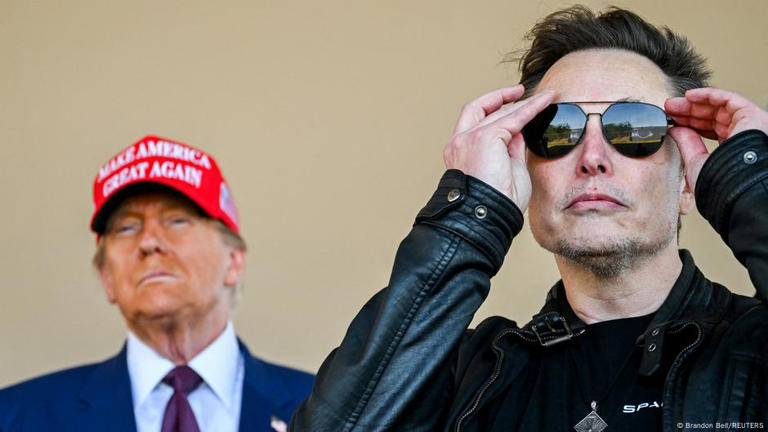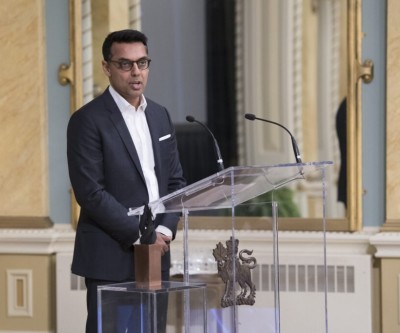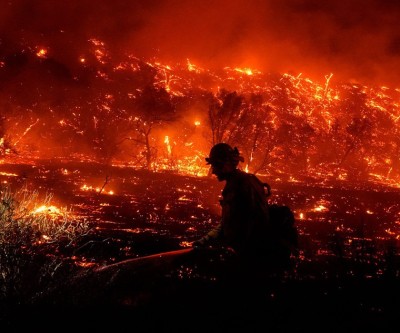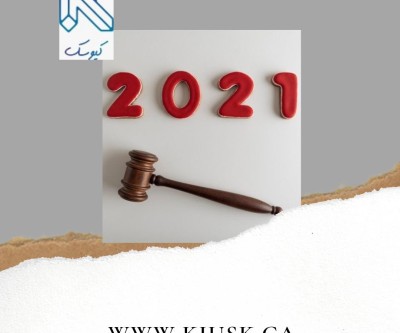Latest Ads
-
Jasmine Jewel
Call
-
Omidan group
Call
-
Amir Madanpour
Call
-
Dimo studio
Call
-
Yorkacademy
Call
-
Maryambagheri
Call
-
Shishlix Restaurant
Call

Trump delays deadline for trade deals, Canada’s deadline remains in place
President Donald Trump began sending letters to governments around the world on Monday, threatening to impose steep tariffs if a trade deal is not reached — but also giving himself more time to reach an agreement, White House spokeswoman Carolyn Levitt said.
Trump signed an executive order on Monday to delay the threatened tariffs, which were set to take effect Wednesday, until August 1, according to the Canadian Press.
Although Canada is not among the countries subject to the global tariffs, it is required to reach some kind of bilateral agreement with the United States by July 21. The Canadian prime minister’s office said Monday it is still on track to reach the deal by the deadline.
“I don’t think it makes sense for Canada to commit to a deal at this time before the details of other countries’ agreements with the United States are clear,” said Van Osler Hampson, a professor of international relations at Carleton University. “Canada can actually benefit from being the last negotiator because if you know the details of other countries’ tariffs, especially competitors’, you can get a lower tariff and gain a competitive advantage,” he added.
Trump sparked a global trade war in April by announcing so-called “reciprocal” tariffs, although he rolled back the worst of them hours later, leaving most countries with 10 percent tariffs.
He set a 90-day deadline for trade deals — but in that time, only framework agreements have been reached with Britain and Vietnam.
Meanwhile, the Trump administration reversed its stance over the weekend about imposing more tariffs this week. However, the president sent letters to countries subject to the so-called “liberation day” tariffs on Monday, warning that higher tariffs would be imposed if no deal was reached.
Trump posted the letters to Japan and South Korea on social media Monday morning, and Levitt said 12 more letters would be posted on the president’s social media throughout the day.
While Canada has been spared the global tariffs, it still faces U.S. tariffs on fentanyl. The tariffs are 25 percent, and a 10 percent tariff on energy and potash — but only on exports that are not in compliance with the Canada-United States-Mexico trade agreement.
Canada is also subject to Trump’s tariffs on steel, aluminum and autos.
Prime Minister Mark Carney and Trump agreed in March to negotiate a new security and economic partnership, and talks have been ongoing since early May.
The talks were suspended in late June over Trump’s demand to repeal Canada’s digital services tax. The Canadian government repealed the tax just before it was due to take effect on June 30.
Canada is now watching closely to see which countries the U.S. will sign trade deals with this week, as it could set the Trump administration’s priorities ahead of Canada’s deadline.
The frameworks for the U.K. and Vietnam agreements indicate that Trump intends to keep some basic tariffs.
Van Hampson said he will be watching to see what basic tariff levels other countries accept in these broad agreements and whether there will be any changes to sectoral tariffs and tariff quotas.
For example, Britain managed to get a 10 percent tariff on cars for just 100,000 units in a quota.
Trump claimed on Sunday that his administration had reached deals, and Treasury Secretary Scott Bessant told CNBC on Monday that several deals would be announced in the next 48 hours.
“Trump is more concerned about the quality of the deals, not the quantity,” Bessant said. Predictably, when (Trump) threatened that countries could return to reciprocal tariffs on April 2, many reconsidered their negotiating positions.”
News source
Suggested Content
Latest Blog
Login first to rate.
Express your opinion
Login first to submit a comment.
No comments yet.


































